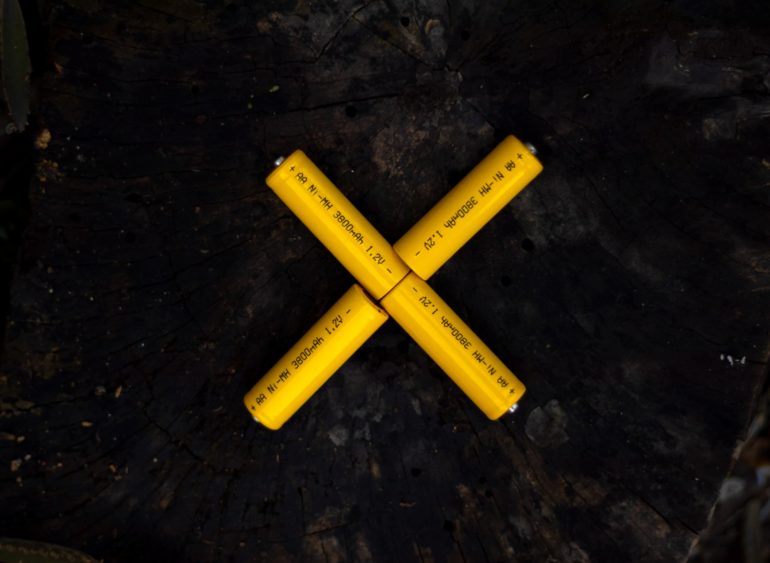An award-winning Tulane University researcher has led a team in discoveries that could result in significantly faster charging electric vehicles and portable devices such as cell phones and laptops. The team, led by Michael Naguib, the Ken & Ruth Arnold Early Career Professor in Science and Engineering, engineered novel materials at the nanoscale to achieve high power and energy densities.
The new material has the potential to reduce charging times from hours to a matter of minutes.
The team’s work, titled “Engineering the Interlayer Spacing by Pre‐Intercalation for High Performance Supercapacitor MXene Electrodes in Room Temperature Ionic Liquid,” has been published in the journal Advanced Functional Materials and chosen for the publication’s back cover.
“The performance we are getting—in terms of energy and power density—is outstanding and bridges the gap between batteries and capacitors,” Naguib said.
Naguib is an expert in two-dimensional material and electrochemical energy storage. He said the rightful shift toward renewable energy has led to a dire need for electrochemical energy storage devices that can handle high charging rates and have high capacity.
While lithium-ion batteries, also called Li-ion batteries or LIBS, offer one of the highest energy densities, he said, “They still struggle when it comes to high charging rates, and their electrolytes exhibit some safety concerns.”
On the other hand, he said, aqueous electrochemical capacitors, also known as supercapacitors, can deliver very high power but their energy density is limited.
Funded by the Department of Energy’s Energy Frontier Research Center (DOE-EFRC) as part of the Fluid Interface Reactions, Structures and Transport (FIRST) center, Naguib’s work revolves around MXenes, promising energy storage materials that are conductive and can host ions, such as lithium, between layers. Room temperature ionic liquids are promising electrolytes because they provide stability and a larger energy density. But because their ions are so large and unable to get between the MXene layers, the amount of energy stored is limited.
“Here we introduced wedges or pillars between the layers to open them up, allowing the ionic liquid ions to get stored between the MXene layers, thus achieving very high energy and power densities,” Naguib said.
He said this work exemplifies the importance of optimizing and engineering the spacing in 2D materials to unlock their potential for new applications.
In addition to authors from Tulane, the team for this study consisted of researchers from Oak Ridge National Laboratory, Vanderbilt University, North Carolina State University and the National Institute of Standards and Technology.
Ionophobic electrode boosts energy storage performance
More information:
Kun Liang et al, Engineering the Interlayer Spacing by Pre‐Intercalation for High Performance Supercapacitor MXene Electrodes in Room Temperature Ionic Liquid, Advanced Functional Materials (2021). DOI: 10.1002/adfm.202104007
Citation:
Scientist leads study on faster charging energy storage (2021, August 25)
retrieved 25 August 2021
from https://techxplore.com/news/2021-08-scientist-faster-energy-storage.html
This document is subject to copyright. Apart from any fair dealing for the purpose of private study or research, no
part may be reproduced without the written permission. The content is provided for information purposes only.



